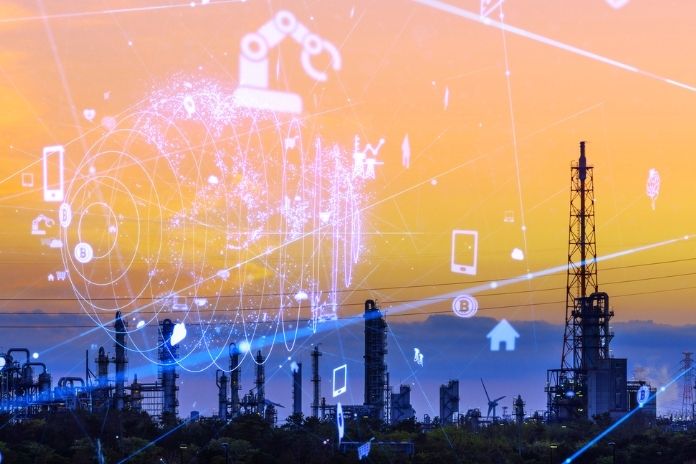5G, IoT, Drones: New Opportunities And New Challenges

The proliferation of new intelligent devices and the automation of physical tasks are becoming more common. This extends the scope of IT to networked smart factory equipment, industrial robots, drones, sensor-embedded devices, and a myriad of other business-critical devices.
However, the downtime or failure of such innovative but still evolving physical technology devices can be dangerous for both business and people, requiring the highest levels of availability and flexibility. With the wide availability of advanced processors and sensors, industrial robots, and machine learning, any device can be intelligent, connectable, and capable of capturing and providing data. According to a recent Deloitte study, companies’ IT executives need to think carefully about how to integrate, manage, maintain, and secure business-critical physical devices such as intelligent factory equipment, drones, or surgical robots. A new approach to asset management and oversight is needed to enable IT to address lesser-known standards, regulatory expectations, and accountability and ethical issues.
With the explosive growth of physical assets and capabilities, the role of IT managers is already beyond digitalization: new tools and the processes that come with them are creating new tasks and challenges, completely transforming the current picture of IT ecosystems.
IT professionals have traditionally focused on managing technologies, devices, applications, frameworks, data ecosystems, and other elements of the digital technology set. Physical technology was much less dynamic, consisting primarily of employee access points and data center infrastructure. According to a Deloitte survey, the pandemic has accelerated corporate investment in newer wireless networking technologies – particularly 5G and Wi-Fi 6: these were considered by survey participants to be the two most critical wireless technologies in business initiatives.
Proper Application Of New Technology Will Be The Key To Success
Both technologies have better performance and functionality than their predecessors, enabling new applications based on the Internet of Things (IoT) and other emerging technologies that collect and share vast amounts of real-time data with low latency. The wider spread of these technologies is only a matter of time, which will bring severe changes for IT managers and decision-makers.
Change is happening before our eyes: technology is growing from a business-enhancing factor to a value-creating factor and becoming a key component of businesses. Today, the capabilities of security, automation, data-driven analysis and decision-making, and artificial intelligence (AI) and machine learning are needed to manage intelligent devices within the company.
An Even More Critical Factor Will Be A Dropout
Many of the new physical technology innovations tools offer customer-centric, business-critical applications and services. They often generate and use large amounts of data and video to be moved and analyzed quickly to facilitate real-time, critical decision-making.
Unlike previous physical devices, an outage or downtime can be much more inconvenient and even life-threatening, e.g. if an implanted heart monitor goes offline and critical patient data is ignored.
Key Areas: Continuity, Data Management, Security
Flexibility is a critical factor, as the highest level of the system will require uptime, reliability and security, emphasizing maintenance and management to ensure the highest level of business continuity. This primarily requires new platforms, tools, and approaches to monitor device status, detect problems, and troubleshoot. The vast amount of data generated by the new devices(drones) also need to be handled, especially in terms of data recording frequency, processing time, accuracy and formats. Like traditional network equipment, these connected devices must communicate securely, encrypt data, and have network authentication.
Innovation Also Transforms Business Processes
Technological innovations are also changing the way products are researched and developed. From stand-alone products – speakers, thermostats or cars – the focus is on intelligent, connected platforms: speakers that stream music from cloud-based services, thermostats with automatic settings and application-based control, cars with remote diagnostics, service and upgrades. These complex products represent flexible consumption models of real-time data that must be analyzed. According to Deloitte experts, this also requires a simultaneous transformation of business processes.
It Won’t Go Without PES
Product Engineering Services (PES) is an integrated process for creating complex products like drones, from concept design to software and hardware development to manufacturing. PES may include developing and integrating hardware components, the operating system used to operate the hardware, device drivers, firmware, and other embedded software and application software. Provides functionality and user interface. PES is also about integrating intelligent products with enterprise IT systems or cloud-based platforms to track and bill consumption, monitor performance and collect analysis. PES also helps product teams gain access to the rich ecosystem of external manufacturers and partners.


